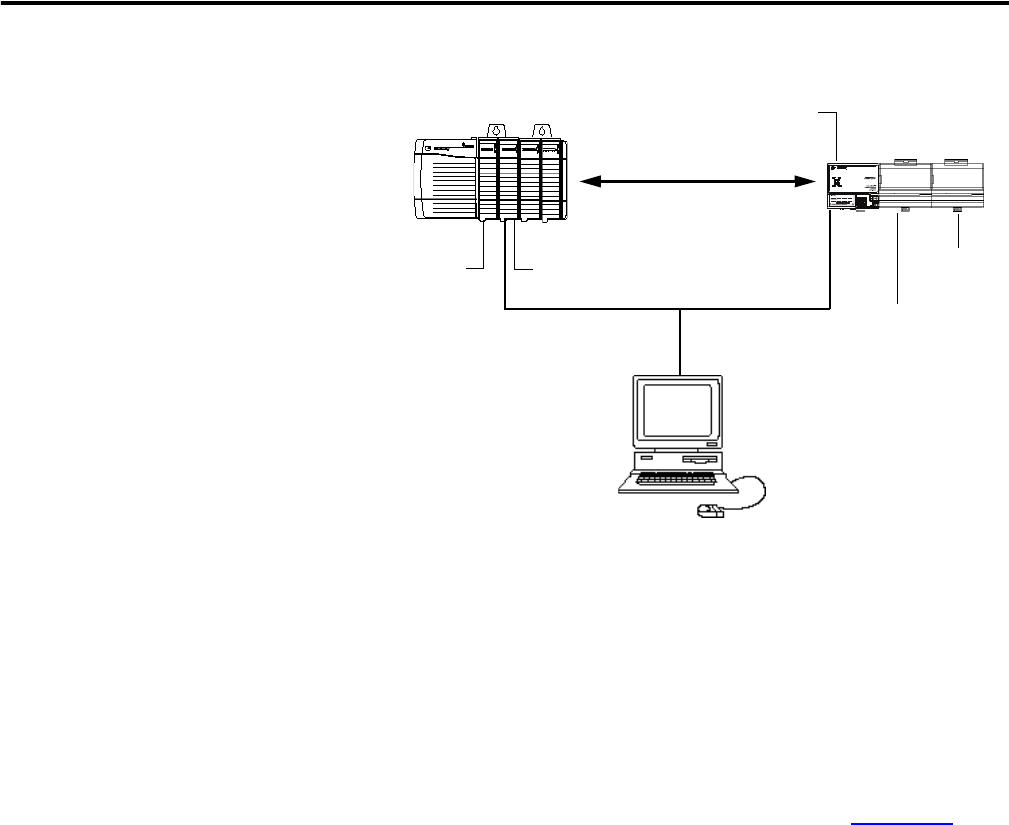Owner manual
Table Of Contents
- 1794-UM066A-EN-P FLEX I/O Dual Port EtherNet/IP Adapter Modules User Manual
- Important User Information
- Preface
- Table of Contents
- 1 - Overview of FLEX I/O and Your Redundant EtherNet/IP Adapter Module
- Overview
- The FLEX I/O System
- Adapter Features
- Types of Adapters
- Hardware and Software Compatibility
- What the Adapter Does
- Use of the Control and Information Protocol (CIP)
- Understanding the Producer/Consumer Model
- Specifying the Requested Packet Interval (RPI)
- Support of Rack Optimized and Direct Connections
- Chapter Summary
- 2 - Install Your FLEX I/O Adapter
- 3 - Configure the Adapter for Your EtherNet/IP Network
- 4 - Rack Optimized Discrete I/O
- 5 - Analog I/O with Direct Connection
- A - Interpret Status Indicators
- B - Specifications
- C - Configure the RSLinx Ethernet Communication Driver
- D - Adapter Web Dialogs
- Index
- Back Cover

Publication 1794-UM066A-EN-P - February 2012
24 Rack Optimized Discrete I/O
To work along with this example set up your system as shown above.
• Note that in the example application, the Logix5572 controller and
1756-EN2TR module are assumed to be in the slots shown above.
• Verify the IP addresses for your programming terminal, 1756-EN2TR
module, and 1794-AENTR adapter.
• Verify the position (slot) of the I/O modules on the DIN rail.
• Verify that all wiring and cabling is properly connected.
• Make sure your communication driver (for example, AB_ETH-1 or
AB-ETHIP-1) is configured in RSLinx as described in Appendix C
.
Create the Example
Application
Perform the following steps to create the example application:
Local
chassis
FLEX I/O
Logix5572c
ontroller
1794-OB16
digital output
1794-IB16
digital input
1756-EN2TR
130.130.130.2
1794-AENTR
130.130.130.3
Data
Programming
terminal
130.130.130.1
SLOT 1 2
SLOT 1 2










